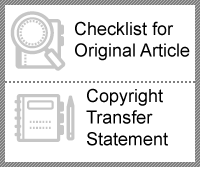| abstract |
| Background Existing studies on advertising have traditionally focused on visual elements due to picture superiority. Recently, however, new audio technologies like ASMR are being widely used in advertising and broadcasting. Accordingly, there is a need for research examining the communication effects of audiovisual semantic congruency.
Methods This study conducted an online survey among adults in the Seoul metropolitan area to investigate the differences in communication effects related to audiovisual semantic congruency. The collected data were analyzed using t-tests and regression analysis in SPSS Statistics 25.
Result This study found that advertisements with audiovisual semantic congruency lead to higher levels of attention, novelty, and behavioral intention. However, no significant differences were found in flow and relaxation. This study further identified flow as the most influential factor on behavioral intention, followed by attention and relaxation. Based on these results, it can be inferred that consumers first pay attention to advertisements due to the audiovisual elements, then enter a flow state, and ultimately feel relaxation.
Conclusion The findings of this study suggest that communication should be managed by distinguishing its persuasive functions and image functions, depending on audiovisual semantic congruency. This research contributes to the development of theories on multisensory communication and provides practical strategies for effectively using visual and audio elements. |
|
|
| Key Words |
| 시각, 청각, 의미 일치성, Visual, Audio, Semantic Congruency |
|
|
|
 |
|






